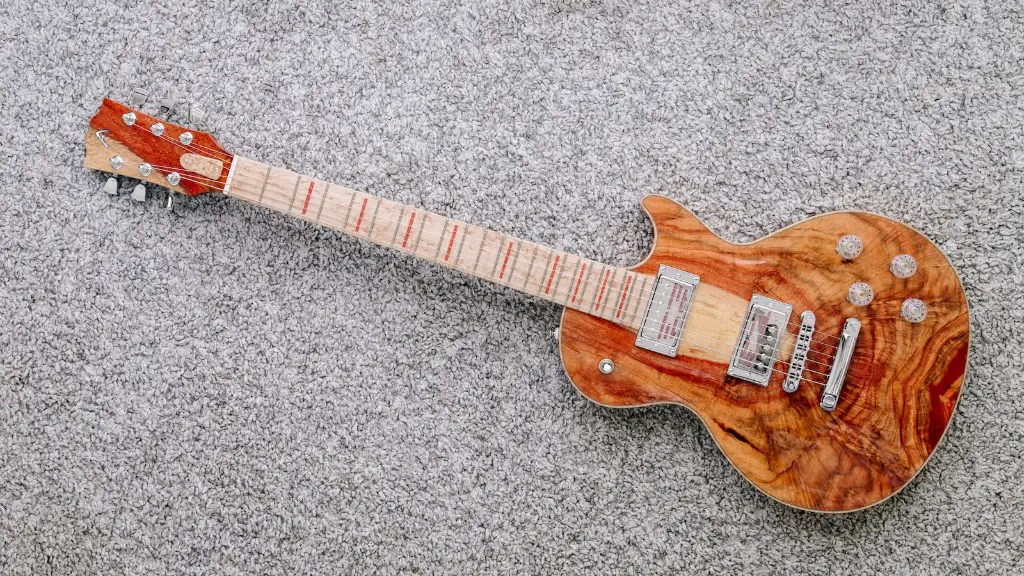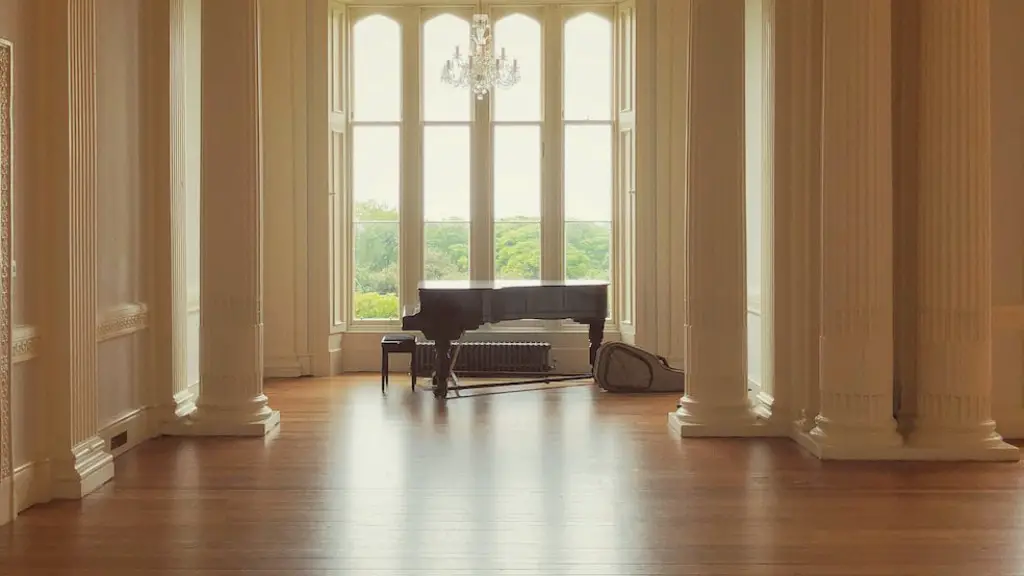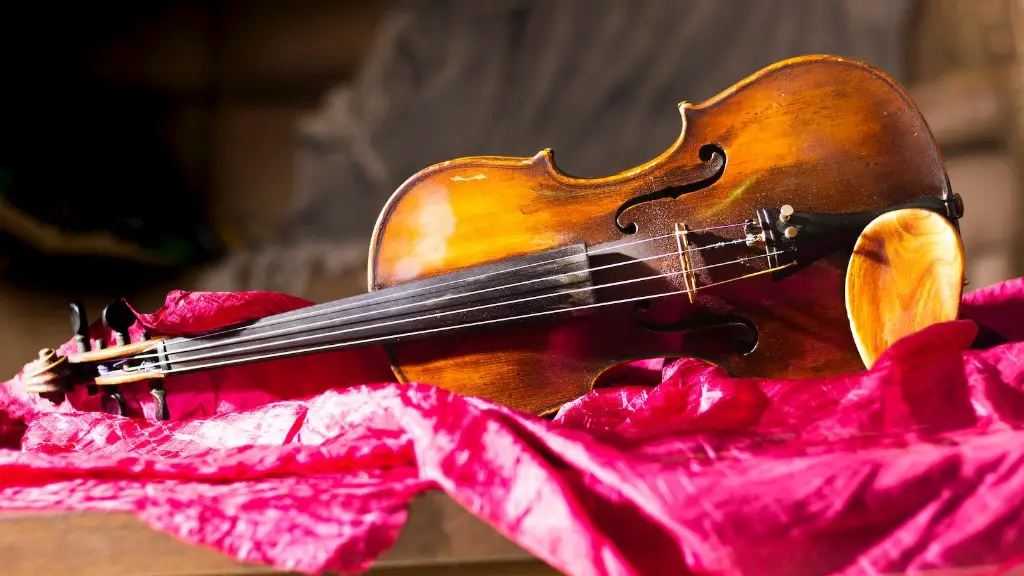Playing the blues on piano is a great way to learn about music and have fun. It can be intimidating for beginners, but with the right knowledge, you will soon be able to play some blues tunes on the piano.
The first step is to familiarize yourself with some basic blues chord progressions. You can learn these chords by looking up charts online or by purchasing a book or instructional DVD. Once you have mastered the chords, you can start to practice playing them in different styles and variations.
Next, you will want to work on your improvisation skills. Improvising requires creativity and knowledge of how different notes sound together. Work on improvising melodies over the chords and experiment with different rhythms and feel.
Finally, when you are ready, use all of your newfound skills to create your own unique blues songs. With each song, you will gain more experience and confidence in your playing. Practice makes perfect, so keep at it!
Start by learning the basic 12-bar blues chord progression, then practice scales and licks in the style of blues to become comfortable with the sound. Finally, use these elements to develop improvisation and songwriting skills.
Getting Acquainted with the 12-Bar Blues
The 12-bar blues is a popular form of music that has been around for decades and is often used in many genres, such as jazz, rock, and country. Learning how to play blues on piano is a great way to add a unique dimension to your music. This style of music typically consists of three chords – the I, IV, and V chords (in the key of C major, for example, these would be C, F, and G).
The basic structure of the 12-bar blues involves repeating each chord four times over a total of 12 bars. To start off playing blues on piano, begin with a basic I-IV-V progression. Try experimenting with different rhythms and patterns to find what works best for you. You can also add embellishments such as slides or hammer-ons to give your playing a distinct sound.
Once you have mastered the basics of the 12-bar blues style, you can start exploring more complex progressions. Try using different chord substitutions or variations such as dominant 7th chords or 6th chords. You can also experiment with extending bars or adding pauses into your playing to create an interesting effect.
Playing blues on piano takes practice and dedication. Start by learning some basic progressions and gradually build up your repertoire. With time and patience you’ll be able to develop your own unique sound that will bring life to any song!
Learning the Basics of Blues Piano Playing
Piano playing can be a great way to express yourself musically, and blues is a great genre for any pianist to explore. To get started, it’s important to learn the basic techniques that are essential for blues piano playing. Blues music is rooted in improvisation, so once you have the basics down, you can start experimenting with different styles and techniques. A good place to start is with chords. Learn how to build different chords using major and minor scales, as well as seventh chords. This will give you the foundation you need to create interesting progressions.
Next, focus on developing your rhythm skills. Learning different patterns such as shuffle rhythms or boogie-woogie grooves can add a lot of flavor to your playing. It’s important to practice with metronomes and other tools so you can stay in time with the song. Once you feel comfortable with rhythm playing, it’s time to move on to soloing. To do this effectively, learn different scales and licks that will help bring your solos alive. With practice and dedication, you’ll be able to create amazing solos that will have people dancing!
Practicing the Blues Scales
The blues scale is an essential tool for any aspiring pianist. It’s a great way to add flavor and emotion to your music. While it may seem intimidating at first, with a little practice and dedication, you can master the blues scale in no time!
A good starting point is to learn the basics of the major and minor scales. Once you have these down, you can begin to explore different variations of the blues scale. You can also add minor thirds and sevenths to create a unique sound.
It’s important to practice regularly as this will help you gain confidence in playing the blues scale. Working on some basic licks or improvisations can help you develop your technique and style. You should also focus on developing your sense of rhythm and timing when practicing the blues scale.
Finally, don’t forget to have fun with it! Experimentation is key when playing the blues, so don’t be afraid to try out different techniques or sounds that you find interesting. With some practice and dedication, you’ll be able to master the blues scale like a pro!
Playing the Blues on Piano with Pentatonic Scale
The blues is a musical style that originated in African American communities in the 19th century. It has since become a popular genre, and can be played on any instrument. Piano is a great instrument for playing the blues, as it allows for a wide range of expression and dynamics. The pentatonic scale is an ideal choice for playing blues on piano. It offers five notes, which allow for a variety of melodic options and improvisation. To begin, start by playing the five notes of the pentatonic scale in any order or combination. You can experiment with different rhythms and patterns to create your own unique sound.
Next, try adding some chords to your playing to give it more depth. Start with basic two-note chords such as major and minor triads, as well as dominant seventh chords. Be sure to emphasize certain notes within the chord to create contrast and tension. You can also add some blues-style slides or “bends” between notes to give your melodies more energy and emotion. Lastly, don’t forget to add dynamics. Soften certain notes while accentuating others; this will help bring out the nuances of your playing and make it sound more soulful. With practice, you can master how to play blues on piano with pentatonic scale!
Playing the Blues on Piano
The blues is a beloved style of music that has been around for many years. It has its own unique sound, and playing it on the piano can be a great way to express yourself musically. To get started, you’ll need to learn some basic chords and progressions. Start by learning the I-IV-V chord progression, which is the most common in blues music. Use different voicings and inversions of these chords to create interesting sounds. You can also add seventh chords and other extensions to give your music more texture.
Once you have a good understanding of chords and progressions, you can start experimenting with various rhythms and styles of playing. For example, try adding a syncopated rhythm or walking bass line to your playing. Also explore blues scales, arpeggios, and other techniques such as glissando to create interesting melodies and solos. With practice, you’ll be able to craft your own unique sound that will bring the blues alive on the piano!
Developing Your Own Style of Playing Blues on Piano
Playing blues on the piano can be a great way to express your personal style and passion. You can create your own unique sound by using different techniques such as chords, scales, and improvisation. Start by learning the basics of playing chords, including understanding how to use both major and minor chords together. Then, practice playing scales and arpeggios to add depth to your sound. Finally, learn how to improvise by using simple melodies and chord progressions.
Once you have learned the basics of playing blues on the piano, it’s time to start experimenting with different sounds. Try playing different combinations of chords, scales, and improvisations to create a unique sound for yourself. You can also add various effects such as distortion or reverb to further develop your own style. Finally, practice regularly so that you can become familiar with your own style and perfect it over time.
The End
Playing the blues on the piano is a great way to express yourself and make your music sound unique. It takes practice, but it can be rewarding. Start by finding the right blues scale, then move on to playing some of the basic patterns. You can also experiment with progressions, chords and embellishments to create more interesting sounds. Don’t forget to listen closely to music from other blues players for inspiration. With enough practice and dedication, you’ll be able to create amazing blues songs in no time!





